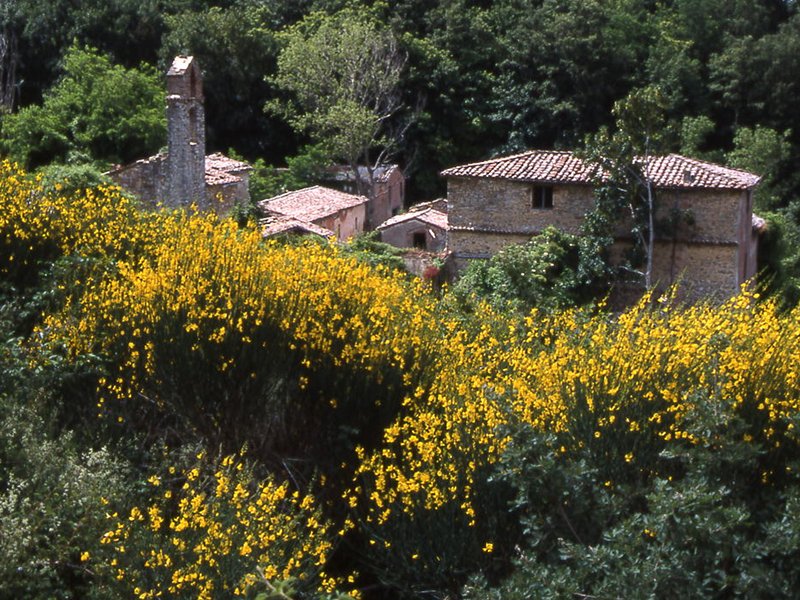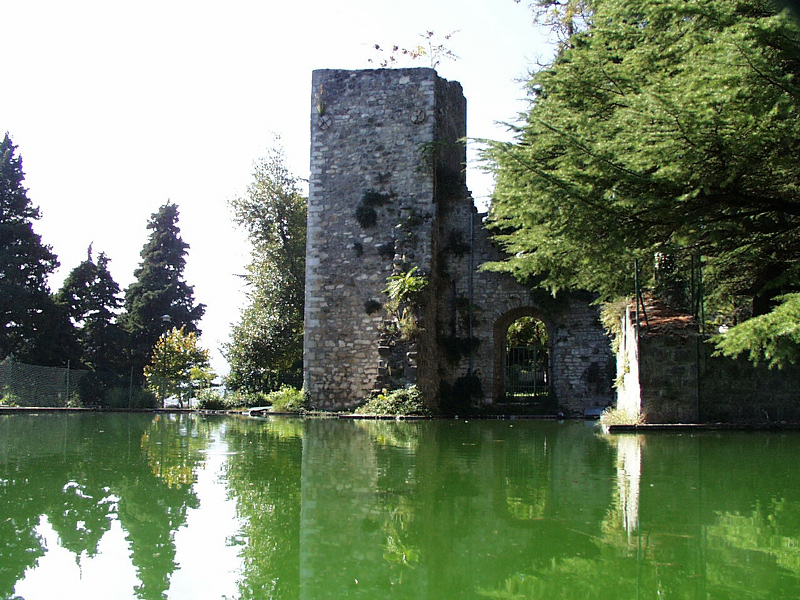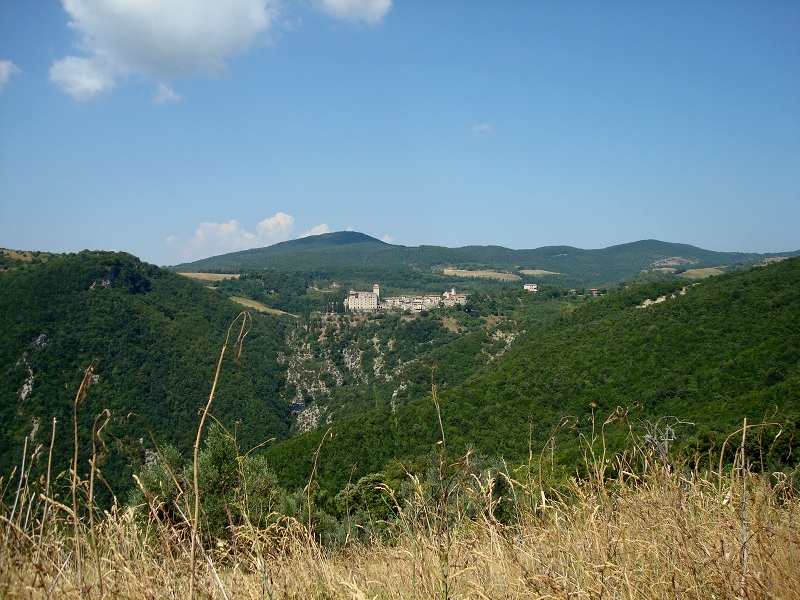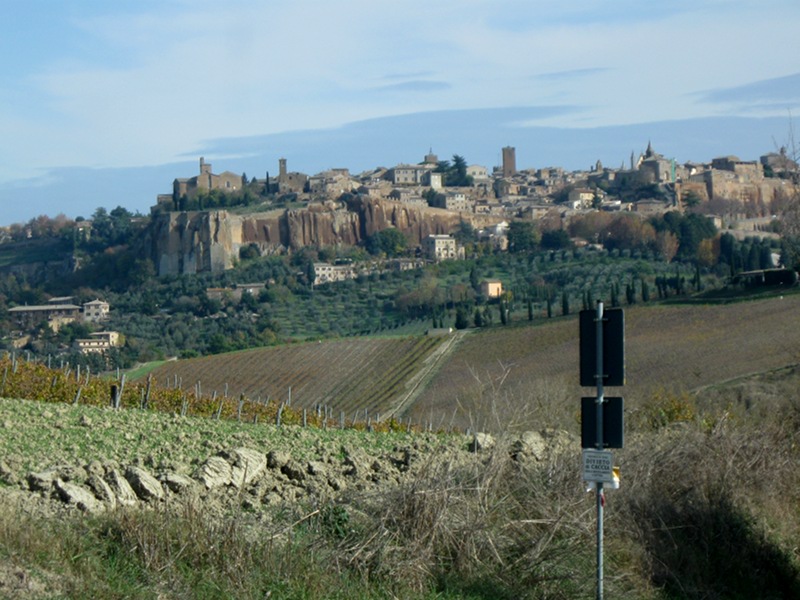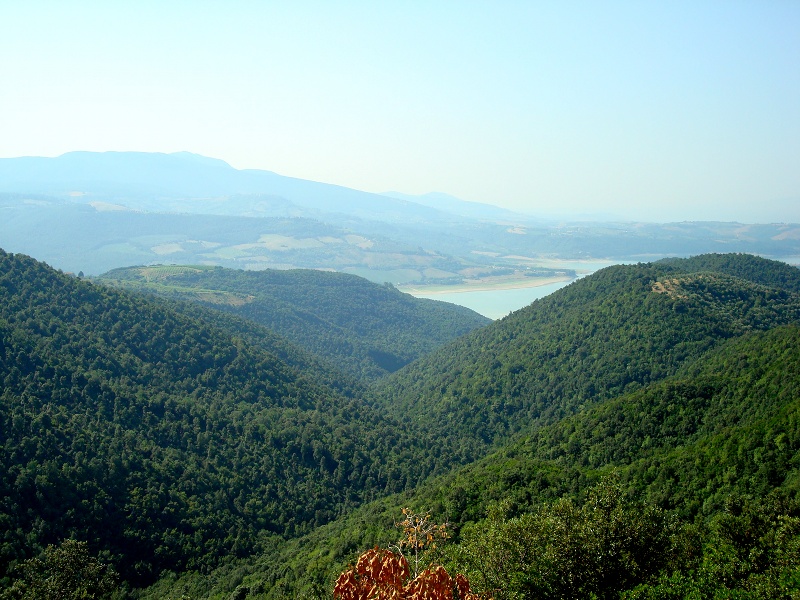Points of Interest
Towns and Ancient Villages
The 15 Municipalities belonging to the Mountain Community "Monte Peglia e Selva di Meana", both in symbols and anthropological structures, witness they belong to a broader historical process, since they have often shared power and rules, privileges and abuses, victories and defeats, liberations and conquests.
Each of the 15 Municipalities has been able to preserve a clear-cut identity, enhance its wits and resources. But the 15 bell towers are also the bonds of a solidarity network and common projects.
A large area (or, according to others, a widespread town) preserving a millenary knowledge and history and open to the future and innovations.
- Allerona
- Castelgiorgio
- Castel Viscardo
- Collazzone
- Fabro
- Ficulle
- Fratta Todina
- Montecastello Vibio
- Montegabbione
- Monteleone
- Parrano
- Porano
- San Venanzo
Orvieto
Orvieto is an ancient Etruscan town (Velzna) which flourished as a trading center in the 6th century BC. It was subsequently conquered and destroyed by the Romans in the year 264 BC, and the population was forced to leave the town and find shelter in Volsinii Novi (the current Bolsena). Reborn in the Middle Ages with the name of Urbs Vetus, this town is still today a tufa and basalt fortress scattered with a network of small streets, underground passages and galleries forming a labyrinth.
- The Cathedral
- Corporale Chapel
- San Brizio Chapel
- Historical Palaces
- Other Churches
- Rocca dell'Albornoz
- Tempio del Belvedere
- Etruscan Necropolis
- San Giovenale
- San Giovanni
- San Francesco
- Regional Wine Store
- St. Patrick's Well
- Cableway
Todi
The municipal territory lies in the hills and is crossed by several perennial or torrential watercourses. Among them the Tiber - crossing it from north to south to Forello Gorges, towards Corbara Lake, Baschi, and Orvieto - Naia, and Arnata. Several archaeological evidences witness that the origins of Tutere (or Tutede) date back to a period between the 5th and 3rd century BC. However, there is no doubt that the area was interested by a previous Umbrian settlement. It obtained the Roman citizenship in 89 BC.
- Origin and History
- Palazzo del Popolo
- Consolazione
- Bishop Palace
- Museums



